What if geranium does not bloom at home?
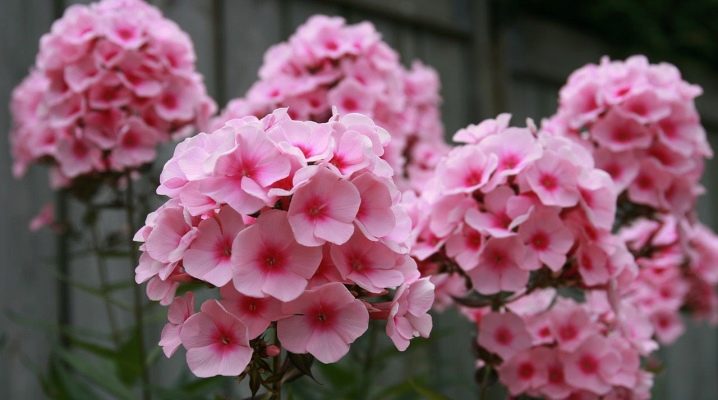
Indoor geranium is highly valued by gardeners due to the brightness of the elegant inflorescences and the duration of flowering, which begins in March and ends in November. However, if experienced flower growers know how to achieve abundant flowering, then it is sometimes difficult for an unenlightened man in the street to understand what to do if the plant does not bloom.
Let's take a look at the possible causes and focus on grooming methods that can promote lush and long-lasting flowering. Let's start with the fact that the geranium we are used to in reality has the name pelargonium.
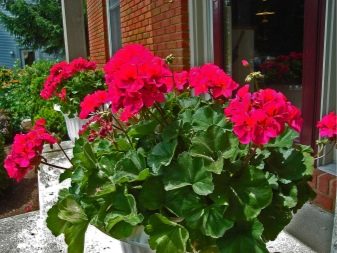
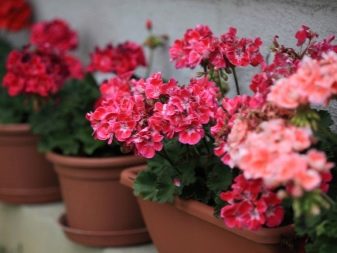
What it is?
Pelargonium and geranium are not synonymous with the same plant. In fact, pelargonium belongs to the Geranium family, but it is a separate plant species. It is she who grows in the indoor conditions of the house, decorating the window sills with bright and lush caps of flowers. Geranium grows on the street, decorating flower beds.

Basically, pelargonium and geranium are related plants. Geranium grows in different climates (for example, in the tropics, temperate climates, and even on mountain slopes). Its leaves and stems are the same as those of pelargonium. In addition, both types of Geraniums are photophilous and not too pretentious in care. They exude a pleasant aroma.
The differences are in the type and size of the flowers. In pelargonium, they are larger and more magnificent, in geraniums they are more like field ones, although their shape is more perfect and symmetrical in comparison with pelargonium.
At the same time, she loves care very much and is afraid of the cold. If geranium feels great outdoors, then pelargonium must be removed in the heat from the street for the winter.
Thus, a wild plant adapts to natural conditions, and what we grow on windowsills at home requires our attention and care. Considering that the name "geranium" is more familiar to everyone, further in the article we will use it.
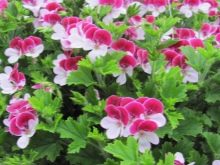

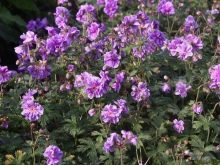
Possible reasons
In most cases, the key factor that makes geranium appear healthy but does not bloom is the violation of the rules for caring for the flower. This could be:
- wrong choice of soil;
- unsuitable pot;
- violation of the irrigation regime or its complete non-compliance;
- making dressings that are not suitable for the flower;
- ignoring trims or performing them incorrectly;
- diseases of the root system, including rot lesions;
- attack on the plant by small insects;
- the wrong choice of lighting in the room where the geranium is located;
- lack of a rest period, which is necessary.
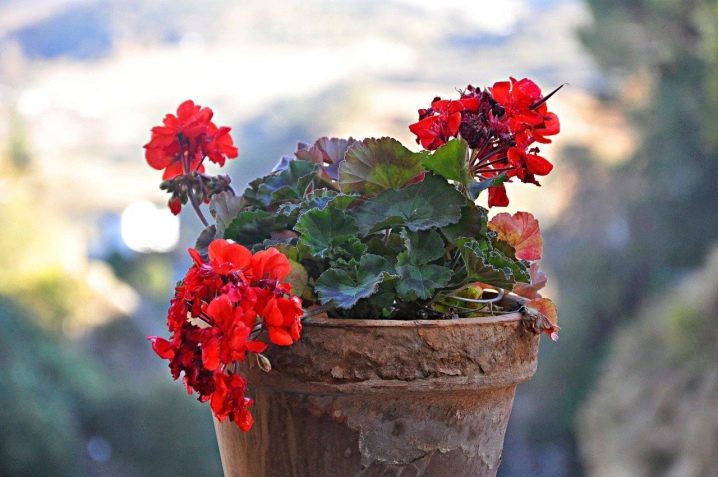
Correct conditions of detention
In order for a flower to delight household members with abundant flowering, it is necessary to create comfortable conditions for its growth and development. Someone thinks that to determine the best place, you need to move the flower with the pot around the apartment. However, it will be most correct to begin with all the conditions that are necessary for the flower. For example, we are used to putting flower pots where it is convenient for us, but, as practice shows, the plant blooms more often on window sills, the windows of which overlook the sunny side.
Capacity
Geranium responds to the size of the pot. For example, it can have large, vigorous leaves and thriving growth in a spacious pot. But that doesn't mean comfort - for flowering it needs a smaller container. If there is no such thing at home, it is better to plant two flowers in a pot.
In a competitive environment, they will not have time to devote their strength to leaves alone, and therefore flowering will be an obligatory stage in development.
The pot can be plastic or ceramic.
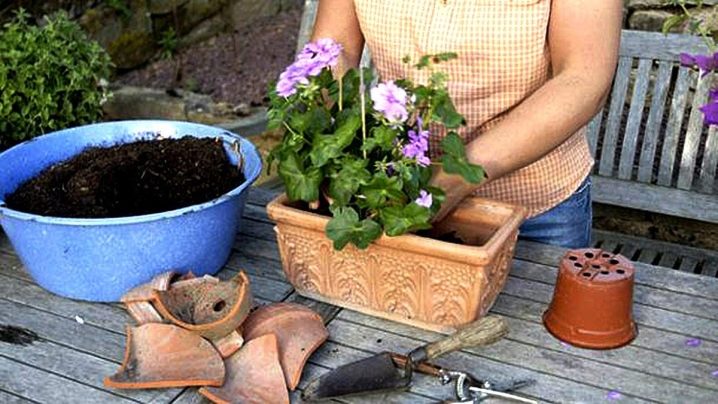
The soil
In order for the plant to receive proper nutrition, the substrate must consist of sod and leafy soil, humus, sand and peat. The soil mixture should be loose, neutral or slightly acidic (pH 6). You can add some charcoal to it.
You can also put chopped moss or humus on the store substrate. Peat is needed to maintain moisture.
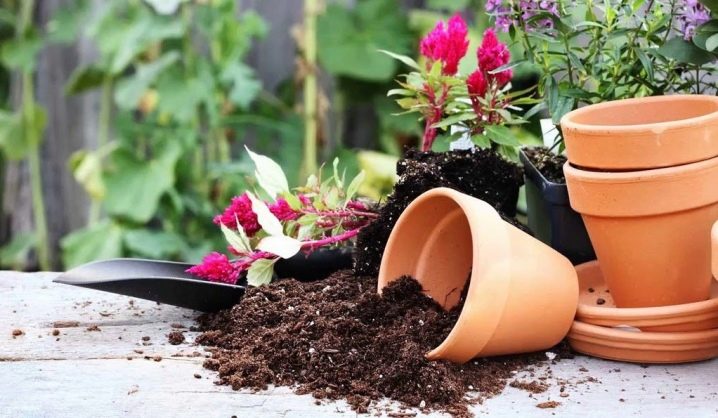
Lighting
Without sufficient light, geraniums will not bloom profusely. Standing in a shaded place, it grows and does not throw out the buds, and if it blooms, it does not last long. Of course, even if the plant is saturated with sunlight, it will not bloom all year round. However, this is the type of color that often has to organize auxiliary (artificial) lighting. Under these conditions, geranium blooms for a very long time (a little less than a whole year).
The plant can enjoy the sun for a long time, but in the heat, direct sunlight can harm it.
Lack of light affects the brightness of the foliage color and shortens the flowering period. Therefore, it is worth choosing a bright place in the room for the flower.
If necessary, you can compensate for the lack of light with phyto-lamps (phyto-lamps) or fluorescent lamps, so that the flower does not waste its juices in search of the sun, stretching in growth and slowing down in development.
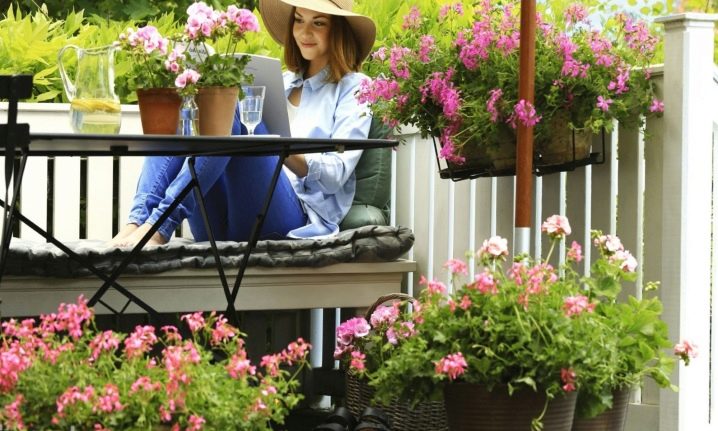
Watering
The plant needs soft, clean water at room temperature. It should not contain harmful impurities and salts of heavy metals. Unsuitable for irrigation water from the mains with a musty smell. Before watering the geraniums, the water must be defended or filtered. Someone thinks that it can be boiled.
It is impossible to irrigate with ice and cold water: this can cause rotting of the root system and a prerequisite for disease. Hard water is detrimental to geraniums, this is manifested by the loss of the richness of the green color in the foliage and the appearance of salt deposits on the soil surface.
Watering geraniums for an abundance of flowering should be dosed in order to prevent root rot. For an even distribution of water over the ground, you must use a container with a narrow neck. It is better to pour water along the walls. Watering should be done as needed; for this, the soil moisture is checked to a thickness of 1 cm. If the layer of dry soil is more than 1 cm, it's time to water. Stagnation of water is categorically unacceptable, as is the use of rusty liquid.
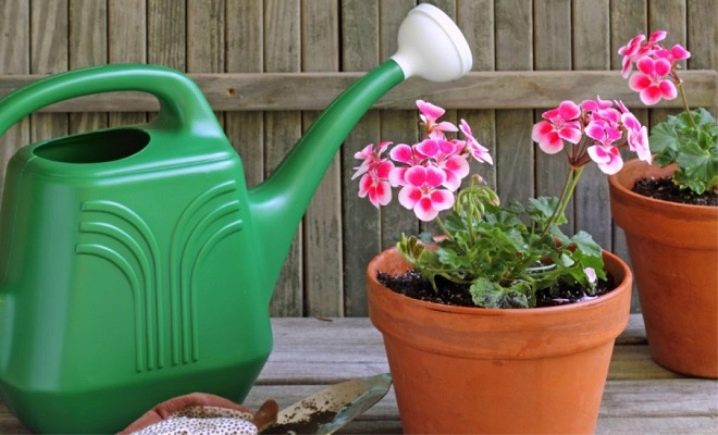
Top dressing
The importance of fertilization cannot be underestimated. The active period of growth and development of indoor geranium is considered to be the time from early spring to late summer. It is during this period that it is necessary to provide the plant with useful microelements in the proper, but not excessive volume, so that it can respond with an abundance of lush flower caps.
You can achieve a bright and lush flowering using a mineral complex of chopped banana peel, drenched in water and kept in a warm place for a couple of days.
This infusion is used after watering the plant, not forgetting that fertilizers are applied exclusively to moist soil.
Considering that geranium is very sensitive to iodine and does not bloom without it, you can feed it with fertilizer made from iodine and hydrogen peroxide. A drop of iodine (with a light deficit of 3) and 10 drops of peroxide are taken per liter of filtered warm water. All are mixed and applied to the soil, avoiding falling on the foliage. To increase the number of inflorescences, a boric acid solution, which is diluted with warm water, is also perfect. As for organic matter, geranium categorically does not tolerate it.

Temperature regime
Home geranium is afraid of the cold, it slows down the growth and formation of a bush, when the temperature in the room where it is located does not reach +12 degrees. Geranium reacts to changes in room temperature and can experience stress when it drops sharply, as well as drafts. This may explain the absence of flowers with a seemingly healthy appearance.
In order for the plant to relax and release flower stalks, you need to eliminate all cracks or rearrange the plant to a new place.
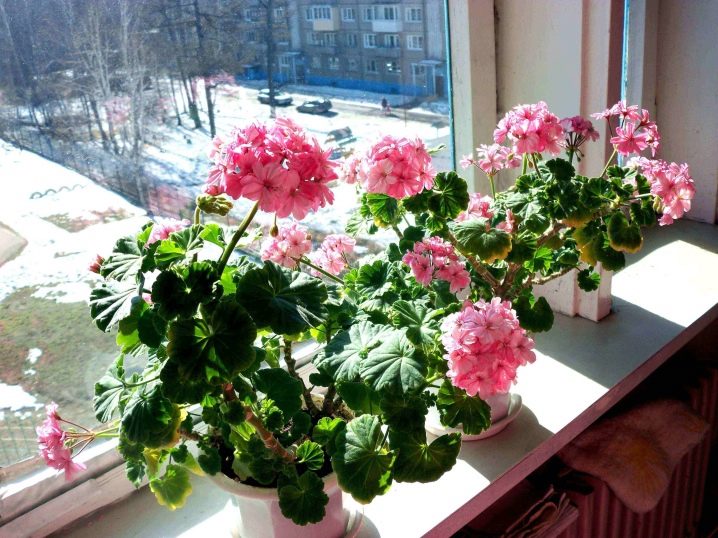
Wintering
Geranium is a plant that is extremely sensitive to high temperatures in winter. She can protest against her by dropping leaves and buds. This is especially true for flowering pelargonium varieties.
Despite the fact that the plant can bloom for a very long time, it needs rest, therefore, you will have to create comfortable conditions for this. Otherwise, the flower will not have the strength to form new and strong buds.
No matter how much you want to wait for new flowers, the biological clock cannot be fooled. Usually, the plant, after the end of flowering, minimizes the cost of resources, thereby saving energy for the resumption of growth and development after rest. It is necessary to prune by cutting off all the peduncles and leaves that have begun to fade. Florists pinch them off, leaving only protruding roots.
Next, the potted plant is removed to a cool and dimly lit place, for example, on a windowsill, which is located on the north side of a house or apartment. Gradually reduce the frequency of watering and the amount of water used. Fertilizers are not applied during this period, but they monitor the state of the flower, preventing it from withering from excess moisture and drying out with its deficiency.
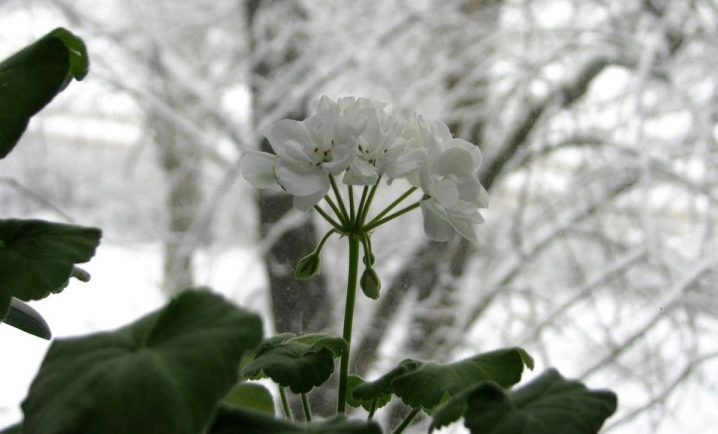
How to care?
You can make geraniums bloom at home with lush umbrellas by timely pruning. Wherein it is important to follow the rule of regularity... Long breaks between scraps should not be allowed. If done on time, this will cause the appearance of lateral stems and the formation of new inflorescences on them. In addition, timely pruning will ensure the splendor of flowering, because without her help, the plant will not give side shoots.
Pruning disinfected instrument, for example, a clerical knife. The cut is performed over the leaf node, which is facing the outside of the bush. This will allow the growing shoots to grow into a lush crown without interfering with each other.
The choice of the cutting site is not accidental: the shoots are formed from dormant buds in nodules, and therefore it is not necessary to leave a large length of internodes.
Places of cuts are immediately treated with crushed charcoal (or crushed tablet of activated carbon). In extreme cases, use cinnamon powder. You need to pinch geraniums after every fourth bud.
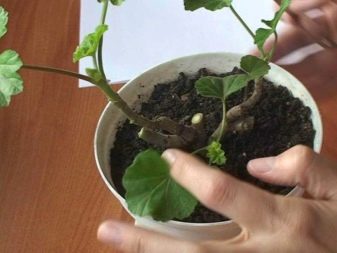
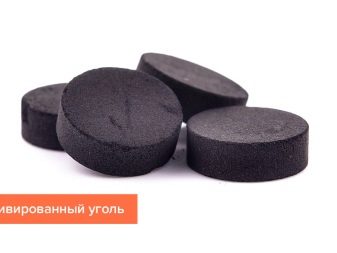
As for diseases of the root system, they are associated with excess water and lack of a drainage layer. The cause of the appearance of the fungus is an excess of moisture. In this case, you will have to remove the plant from the pot and cut off all affected parts of the roots. In addition, you cannot do without treating them with a fungicide. Sometimes the solution to the problem ends by transplanting the plant into a new pot with fresh nutrient soil.
It is important to take care of airing the room, since fresh air is a good prevention of many plant diseases.
Geranium does not bloom at home when it is sick with a bacterium or a virus. Also, the reason for the absence of beautiful flower umbrellas can be the attack of small pests (for example, aphids, whiteflies, spider mites, nematodes, root worms, slugs). To get rid of insect pests, the plant is treated with different chemicals (they are different for different types of pests).



For information on how to make geraniums bloom, watch the video.







































































































The comment was sent successfully.